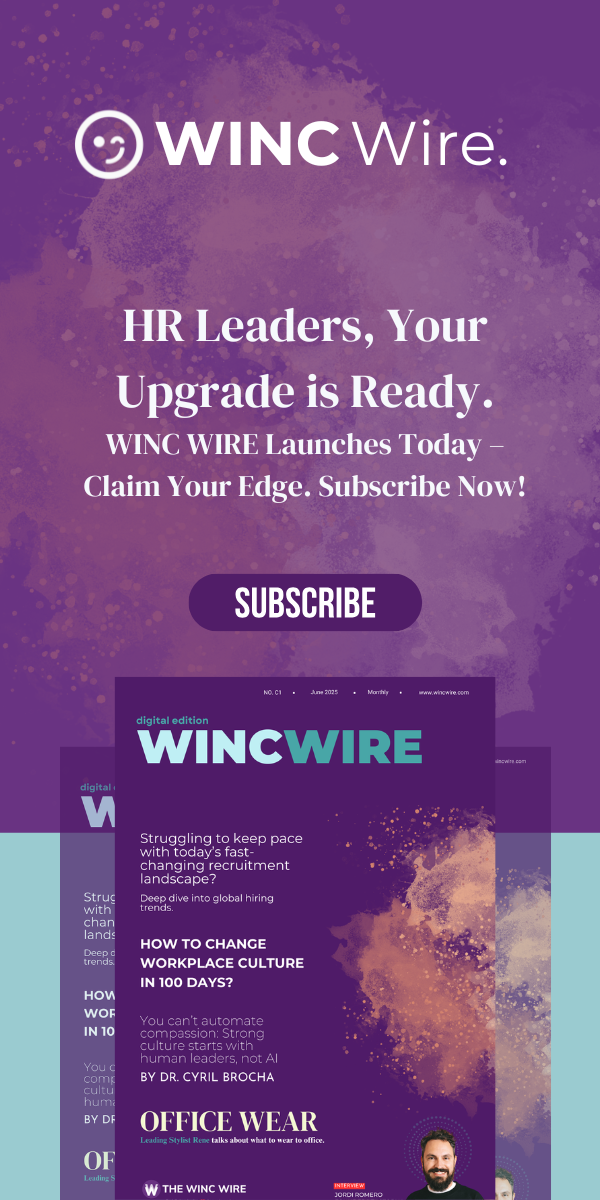In the world of employee listening, not all feedback mechanisms are created equal. While anonymous and confidential surveys might appear as siblings in the same family, they’re more like distant cousins similar in purpose but distinct in practice. Understanding this distinction isn’t just a semantic exercise; it’s pivotal to nurturing trust and gathering insights that move the needle on culture and performance.
The Real Difference: A Matter of Trust and Transparency
Let’s start by demystifying the two.
Anonymous surveys are truly cloaked respondents’ identities remain entirely unknown, even to those managing the survey. It’s a digital equivalent of slipping a note under the door honest, unfiltered, and without fingerprints.
Confidential surveys, by contrast, do recognise the respondent behind the curtain but only in a safeguarded, highly controlled manner. Think of it as a secure vault: data may be linked to individuals, but access is restricted and respectful. This allows for deeper analysis without compromising trust. It’s akin to a trusted concierge at a five-star hotel discreet, reliable, and operating with integrity behind the scenes.
When to Use Which: Choosing the Right Tool for the Job
Deciding between the two isn’t a coin toss it’s a question of purpose, timing, and organisational maturity. Here’s how to approach it strategically:
● Survey Depth & Volume
If your aim is to ask just a few focused questions, a confidential format works best. You can layer insights over time, building a more dynamic view of organisational sentiment. With anonymous surveys, you’ll need a broader question set to compensate for the lack of personal attribution which can risk survey fatigue.
● Tracking Progress Over Time
For leaders looking to track sentiment shifts, assess the impact of new policies, or chart cultural change, confidential surveys offer a longitudinal lens. They allow you to compare today’s climate with six months ago invaluable for future-ready decision-making. Anonymous tools offer a one-off snapshot, useful in moments of disruption or change.
● From Macro to Micro Insights
When your goal is to understand trends across departments, teams, or demographics, confidential surveys provide the granular view without compromising identity. Anonymous formats, while helpful at a high level, lack the detail needed to guide precise interventions.
● The Trust Equation
In environments where psychological safety is still being cultivated, starting with anonymous feedback can build the bridge. But with open dialogue and clarity around data protection, confidential surveys often yield more valuable, actionable insights. It’s about meeting your people where they are and walking forward together.
Why Confidential Surveys Often Hold More Strategic Value
Confidential surveys offer something their anonymous counterparts simply can’t the ability to connect data over time and across dimensions. You can track how a team’s engagement relates to performance metrics, or how feedback correlates with turnover or wellbeing indicators. It’s not just data it’s narrative intelligence, helping leaders make decisions rooted in people and performance.
Yes, there’s a perception that anonymity feels safer. But trust can be built through clear communication. Let people know what’s being collected, who sees it, and how it’s used. Platforms like WorkTango safeguard responses with rigour, allowing organisations to tap into rich insights without eroding trust.
The Confidentiality Question: Can Employees Really Trust the Process?
Here’s the real question: “Do people believe their feedback is protected?” The answer lies in execution, not intention.
Set confidentiality thresholds for instance, only sharing segmented results when there are at least five responses. This ensures individuals can’t be identified by deduction. It’s the operational equivalent of pulling the curtain across during a private conversation thoughtful, protective, and respectful.
Transparency is key. Leaders should openly explain how data is collected, stored, and used. Hosting Q&A forums or engaging a neutral third party can help bolster credibility. Trust isn’t assumed; it’s earned, especially when it comes to personal reflections in the workplace.
Building Trust Through Action: Practical Steps for Organisations
To ensure employee voices are heard and protected here are four critical actions:
- Communicate with clarity: Let employees know how their feedback will be used and why it matters.
- Use trusted tools: Adopt survey platforms with robust security and transparency.
- Set minimum response thresholds: Avoid disclosing data from small groups where identity may be inferred.
- Consider a third-party administrator: Sometimes, neutrality is the catalyst for honesty.
A Final Word: Your Secret Weapon for Culture and Growth
Confidentiality isn’t just a data requirement it’s a cultural contract. It signals respect, integrity, and intention. While anonymous surveys offer a sense of freedom, they limit your ability to respond in a nuanced, context-aware way.
In contrast, confidential surveys well-explained and responsibly handled unlock the full value of employee listening. They enable you to trace patterns, understand cause and effect, and course-correct in real time. When embedded in a broader strategy of trust and transparency, they become a cornerstone of cultural excellence.
So, the next time you’re at the crossroads of anonymous versus confidential, ask yourself not just what feels safe but what builds something sustainable. Because in the orchestra of organisational performance, employee voice is the melody. And confidentiality, when done right, is the harmony that holds it all together.


